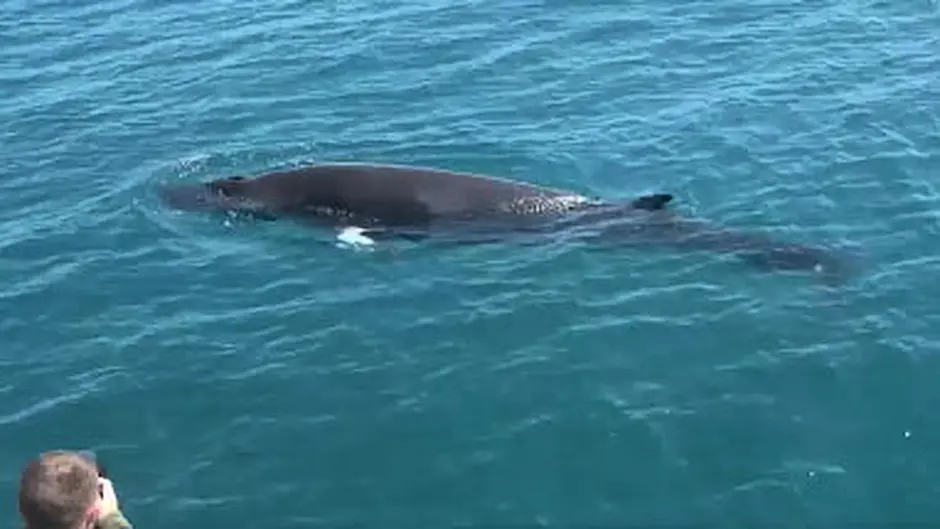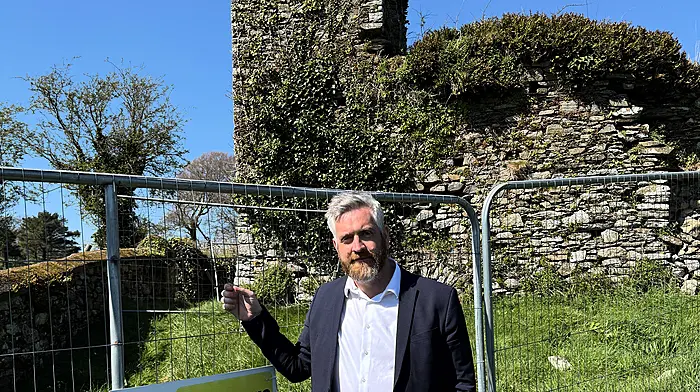THE stretch of coastline from the Beara peninsula to Cork harbour has been identified as an area home to critically-endangered species that must be protected as part of the climate change battle.
A report by Fair Seas, a coalition of Ireland’s leading environmental non-governmental organisations and networks, says Ireland’s Marine Protected Areas (MPAs) must increase 18 fold by the end of the decade to restore critical habitats, safeguard wildlife and address the climate crisis.
MPAs are areas of our seas and coasts legally protected from activities that damage the habitats, wildlife and natural processes.
The report identifies 16 ‘areas of interest’ for MPA designation, including the south west coast, which it describes ‘as an important area of interest for whales, dolphins and porpoises.’
‘The highest densities of fin whales recorded within Ireland’s exclusive economic zone (EEZ) exist in this site. The highest densities of Risso’s dolphin recorded within Ireland’s EEZ were recorded within this site,’ it says.
Distribution of fin whales is widespread throughout the site with high densities from Cape Clear Island to the Old Head of Kinsale and further offshore
It says that 23% of minke whale sightings occurred within this site, accounting for 63% of the overall total number of individuals, and 21% of harbour porpoise sightings occurred within this site, accounting for 28% of the overall total number of individuals.
One sighting, south of Rosscarbery, recorded the highest number of individual basking sharks ever recorded – that was a group of 100.
The report says the area is virtual gateway for seabirds travelling to Ireland.
‘This attracts a high diversity of seabird species, offering easy access and transit to many rich coastal habitats in such places as Roaringwater Bay and Bantry Bay,’ it says, pointing out that the critically endangered Balearic shearwater has been seen here on a couple of occasions.
Bull Rock is one of the six gannet colonies in Ireland, and Cape Clear is an important migration bottleneck region.
Bantry, Kenmare and Roaringwater bays are also very diverse in terms of seabed habitats.
‘There are several seagrass beds along this stretch of coast that are not currently protected, including several inside Bantry Bay. Also of note are the kelp forests within Bantry Bay and along the south coast, which urgently need protection.’








